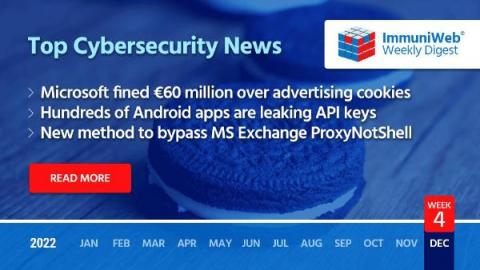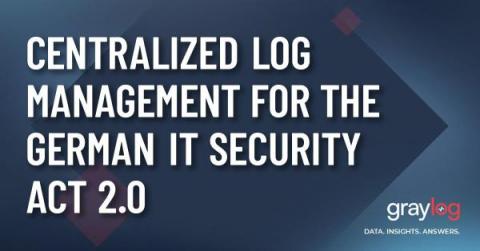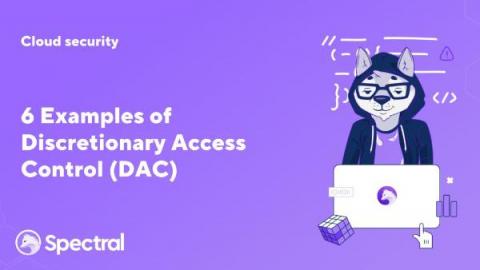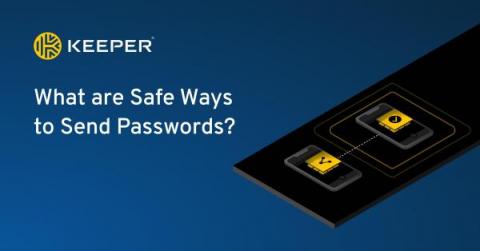An 8-Step Application Security Risk Assessment Checklist for 2023
As organizations are increasingly prioritizing application security continues to become a top priority for organizations, application security risk assessments is atop many bucket lists. Every application is unique and carries threats factors. It's critical to implement processes and tools to identify and remediate security issues before shipping.










